How To Fatten Up A Malnourished Dog – 6 Healthy Ways
Have you recently adopted a skinny dog from the shelter? Putting on some weight on an undernourished dog has to be done carefully. You don’t just feed the pooch with loads of dog food and expect it to balloon without problems. Knowing how to fatten up a malnourished dog involves intensive planning and guidance from the veterinarian. This way, you can avoid potential side effects and problems along the way.
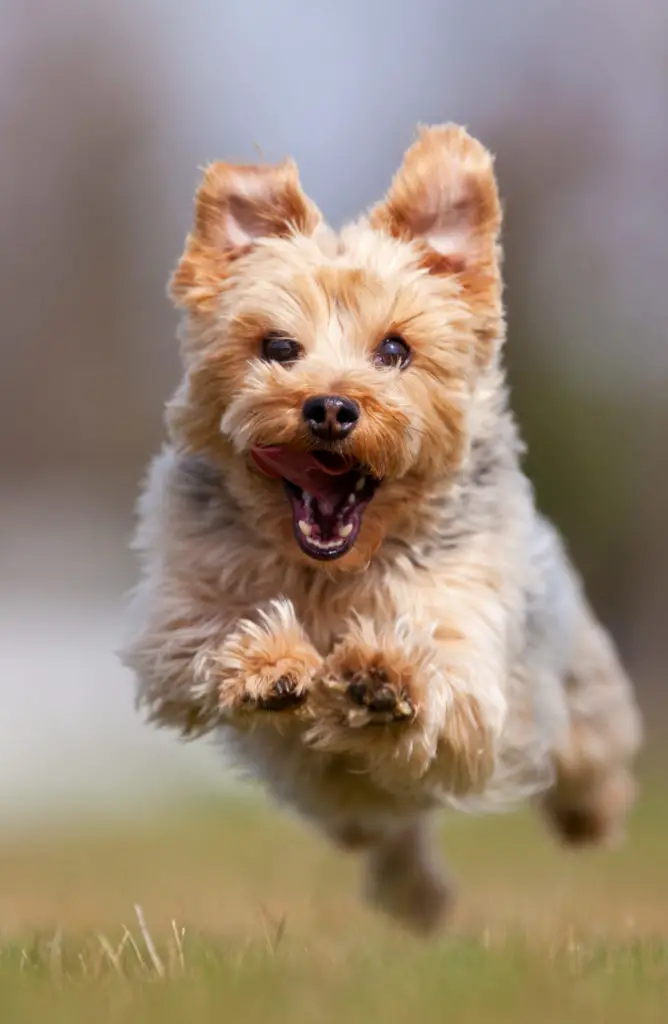
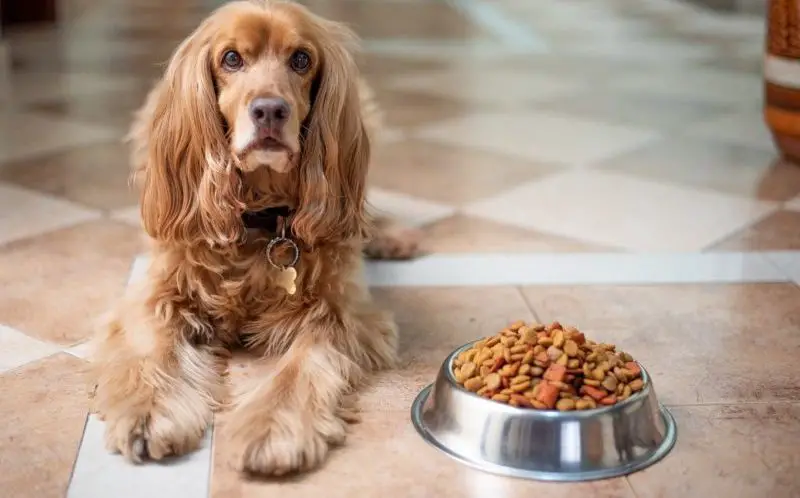
What causes malnutrition in dogs?
Like humans, dogs will become malnourished if not fed well. But aside from the obvious lack of food, there are other reasons why a canine will become skinny. The following are some of them:
- Parasites. Even if a dog is well-fed, a serious parasitic infestation will increase its likelihood of becoming malnourished. This is because the parasites are stealing the nutrients from the canine. Aside from unexplained weight loss, the pooch will also experience diarrhea, vomiting, and other symptoms related to intestinal worms.
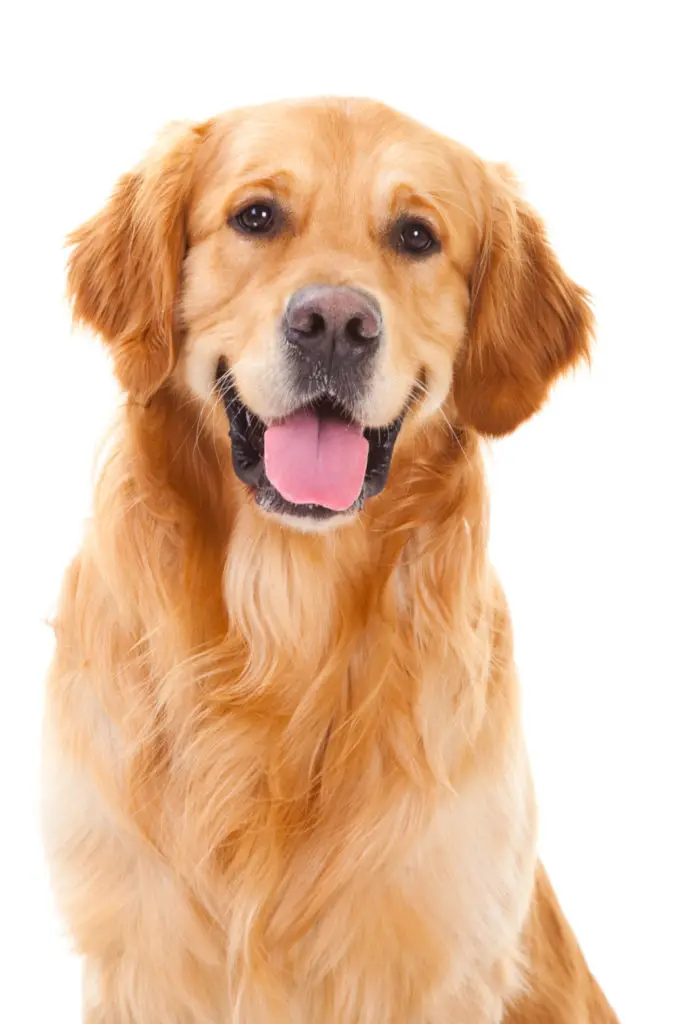
- Health problems. Dogs with thyroid problems, cancer, dental problems, and kidney disease will suffer from weight loss. This will look as if the canine is malnourished. To fatten up the dog, it’s important to address the health problem first aside from diet changes.
- Low-quality dog food. Take note that nutrition isn’t just about the quantity of the dog food, but also its quality. You should invest in high-quality dog food to ensure that your pooch receives ample nutrition.
Signs of a Malnourished Dog
It’s quite easy to spot a malnourished dog. The following are its physical and behavioral signs:
- Very visible rib cage
- Weakness
- Emaciated body and face
- Disheveled look
- Skin disorders
- Dull and slow-growing coat
- Recurring illnesses
- Halitosis (bad breath)
Why you shouldn’t feed a skinny dog too much in one sitting?
Just because your dog is malnourished doesn’t mean you’re going to feed it with a large meal right away. This is very dangerous and could even lead to life-threatening conditions.
For malnourished dogs, it’s important to gain weight slowly. This way, the body won’t experience shock. I’ve once volunteered at a local shelter so I know very well that feeding a skinny dog too much too quickly is a mortal sin.
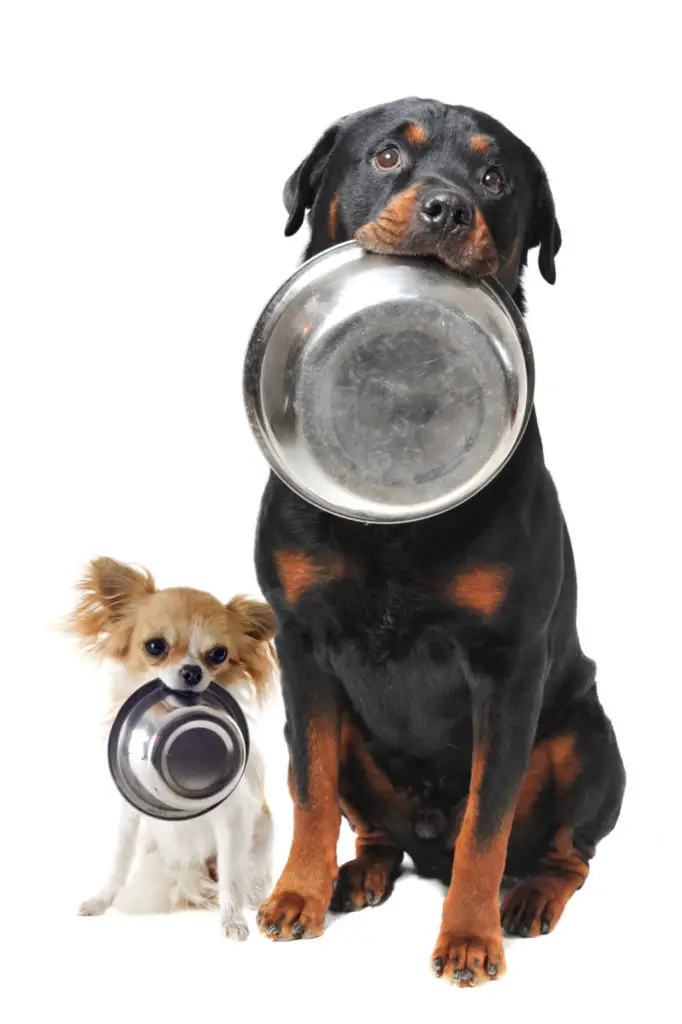
Why, you ask? A malnourished dog is often hungry. So when you give it a bowlful of kibble, it will chomp on it as fast as he can. Aside from food, the dog will also ingest lots of air. This is a disastrous recipe that will cause gastric dilation.
Gastric dilation occurs when the canine’s tummy becomes extremely distended due to too much air and food. In a matter of hours, this condition will take a deadly turn if not treated.
Aside from that, a malnourished dog can’t handle too much food at a time. The pooch may vomit or experience refeeding syndrome. This syndrome is very common in dogs in shelters with untrained staff.
The body needs phosphorus to process glucose as energy. Malnourished dogs often lack this mineral. And when they ingest a lot of food, the body will source phosphorus from the already low supply. This will lead to diarrhea, anemia, seizures, coma, and even death.
How To Fatten Up A Malnourished Dog? 6 ways
Helping a dog fatten up is easy with the right knowledge. The following tips should help you out:
1. Small but frequent meals
As I mentioned earlier, it’s important to avoid large meals when feeding a malnourished dog. The key here is serving small meals but in multiple servings throughout the day. Also, you should get a dog food product with high fat but low carb content. The food should also be balanced with essential minerals like phosphorus, potassium, and magnesium.
To give you an idea, the following are the needed calories of a dog per day based on its weight:
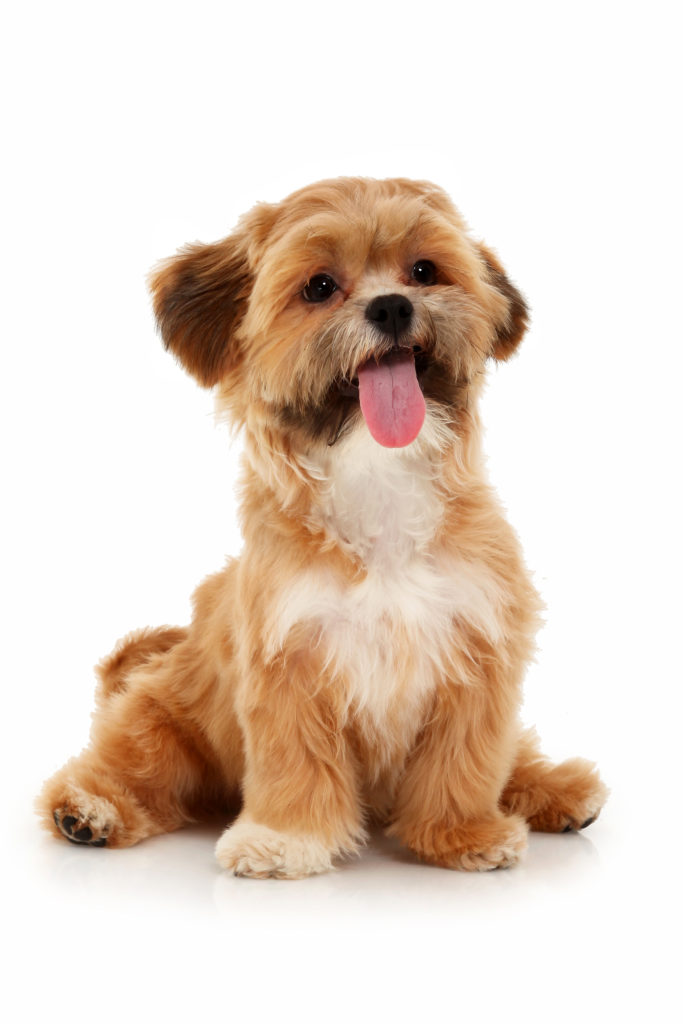
Dog’s weight and calories needed per day
11 lbs. 456 calories
22 lbs. 725 calories
44 lbs. 1,151 calories
66 lbs. 1508 calories
88 lbs. 1,827 calories
I also recommend bringing the dog to the vet to get proper advice. Each dog is unique and so are its nutritional needs. Your malnourished pooch might need a special diet based on its overall health.
2. Slowly increase calorie intake
Once your dog increases its weight, you can also increase its calorie intake. You should do this slowly to prevent complications.
Take note that the dog’s food should remain complete and balanced. If your dog is on a special diet, it’s important to consult the vet regularly. This way, you know if your pooch can be transitioned to normal dog food or if a new special diet is needed.
3. Provide healthy snacks and treats
Aside from full meals, you can also give healthy snacks to a malnourished dog. This will help augment the pooch’s hunger in between meals. Also, you can utilize it to supply the dog with more vitamins and minerals.
Make sure that you factor in the calorie content of the treats to the daily consumption of your pet. Again, you wouldn’t want to feed the doggo too much.
4. Consider weight gain supplements
In some cases, the vet may prescribe a weight gain supplement to the dog. Remember that this is just an aid and not the solution to a canine’s malnourishment. You still need to focus on the dog’s diet.
Most of the time, this will be a broad-spectrum vitamin supplement to cover the nutrients the dog doesn’t get from food. This will also supply phosphorus to the canine to aid the production of energy. It will also include omega fatty acids as well as dietary nucleotides that help in various metabolic activities of the canine’s body.
5. Exercise is still necessary
While this may sound counterproductive, ample exercise is necessary so the doggo will form lean muscles. Just because you want to fatten a dog doesn’t mean there’s no need to burn calories through exercise.
Your dog needs lean muscles so it can gain actual weight and not just mere fat. These muscles will help your dog become strong.
A dog that gains weight without physical activity will just become obese in the long run. This is unhealthy and can result in a myriad of health problems. You see, exercise is an indispensable part if you want your doggo to bulk up.
You start with short walks in the yard. For very frail canines, a stroll around the house would be enough. You can increase your malnourished pet’s activities from there.
6. Track the dog’s progress
Lastly, make sure that you track the malnourished dog’s progress. I suggest keeping a weight gain journal where you will log the dog’s weekly weight. You should also note down behavioral changes and other unique things that you observed in your pet.
You can use this journal as a reference once it’s time to visit the vet. It will allow the veterinarian to assess if your dog is improving or if there are changes needed to be done.
Can rice help a dog gain weight?
Rice is high in carbohydrates but low in fat and other nutrients. Still, it’s safe to give a small amount to a malnourished dog but don’t consider it a major component of their diet. Your dog needs animal meat where it will get its protein, mineral, and vitamin supply.
Feeding a rice-based meal to a malnourished dog will lead to various deficiencies. Aside from that, some skinny dogs may not find rice easy to digest. I suggest purchasing a balanced dog food with the right nutritional profile instead.
Will bread fatten a dog?
Bread is a filler food that you shouldn’t give to malnourished dogs. Also, some very skinny canines will have a hard time digesting the grains on the bread. It can also make the pooch gassy, among other digestive problems.
Aside from that, bread is reeking with carbs that malnourished dogs only need in small amounts. If you want your pooch to gain weight, opt for balanced dog food. You should also consult the vet for a possible supplement prescription.
Conclusion
Knowing how to fatten up a malnourished dog requires serious planning. You should work with the veterinarian to come up with a diet plan that suits the dog. Most of all, it’s important to feed the right food and watch over the portions. With patience, proper monitoring, and regular vet consultations, your skinny dog will soon achieve its ideal weight safely.
I hope this article will help you take better care of your dog’s nutritional needs.
Thank You
